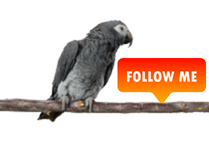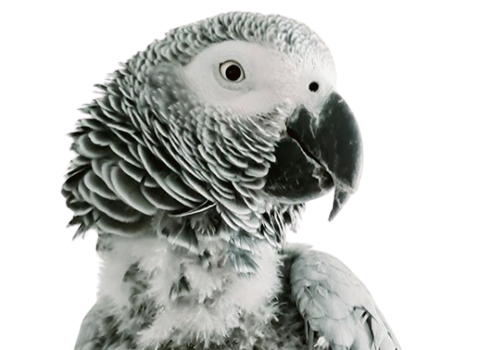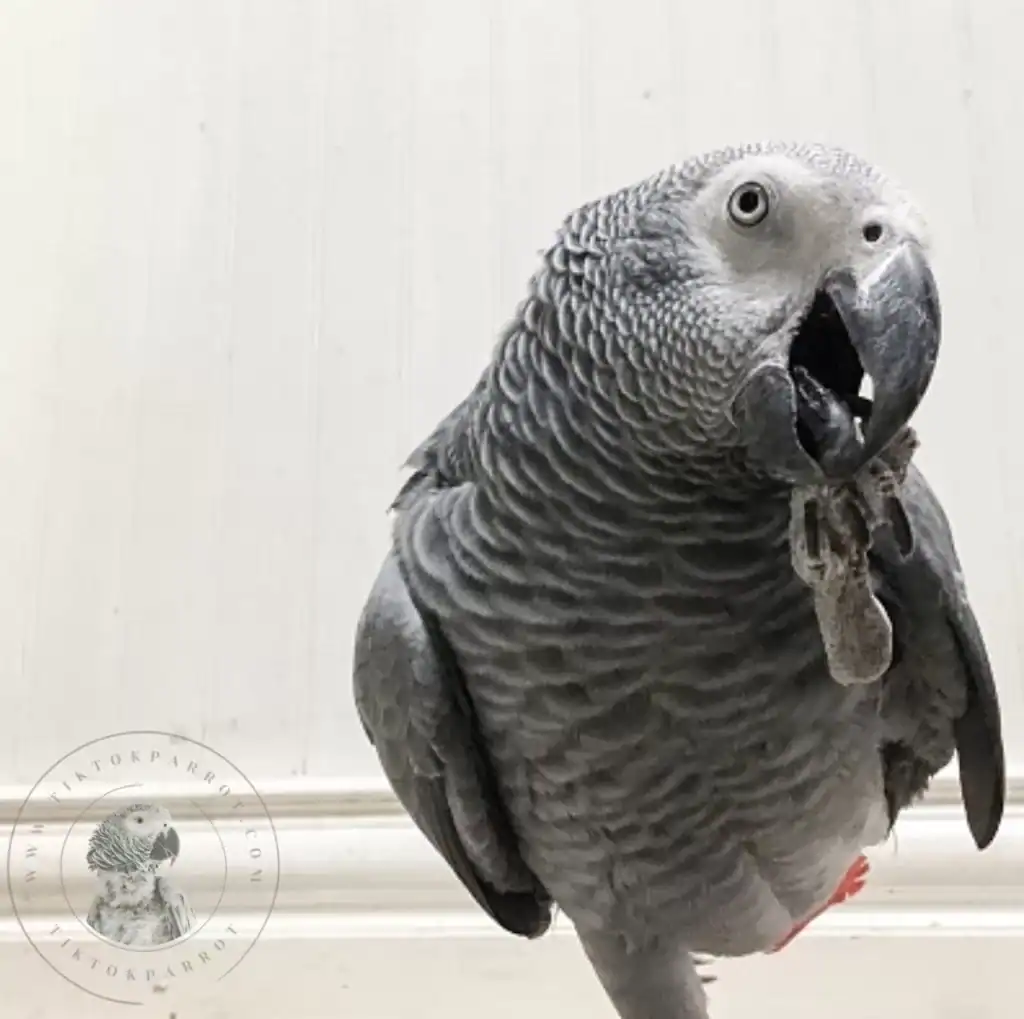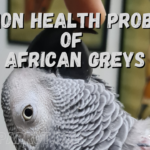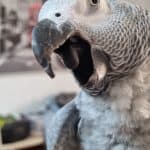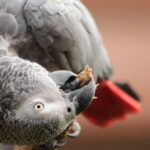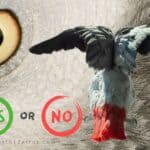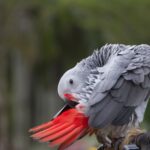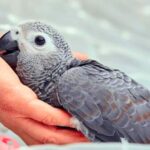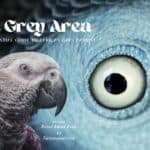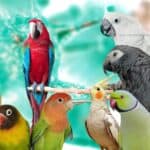Do you have an African Grey Parrot and he/ she does the same?
Well, when my “Mitthu” (TiktokParrot) gets anxious he would bite his nails while strutting and “dancing” and displaying cockatoo displays. He does that if he wants something (but not exactly begging).
He sometimes starts cleaning licking or biting his nails to get my attention when I got closer to him. It’s a kind of gesture that he wants something from me, maybe he is hungry/ thirsty or wants me to pet him and spend time with him.
His feet are not dirty, he showers almost twice a week, I wash his perch regularly and in between, I wipe it down. I saw on the internet on various platforms where people say this is a sign of a stressed or unhealthy grey.
However I would say that is not true, if your grey is doing the same act, it does not mean he is stressed or unhealthy.
I provide my “Mitthu” the best possible environment, food and spend a lot of time with him. He is 24 hours open and is not locked in the cage at all unless it’s an emergency, but still, he does this weird nail-biting act.
He is happy, healthy and a well-settled grey talks a lot, swears a lot, and plays a lot.
Whenever I see my Grey’s nail-biting behavior, I offer him food/ water and gently rub the skin just behind its beak and the sides of its head, it makes him relaxed and comfortable.
Almost all birds tend to enjoy being petted around their ears. (Take care around the eyes, though.) When the bird seems relaxed and more used to petting, try petting the back of its head and neck.
So don’t panic if you see your grey has this weird behavior. It is a very common behavior for greys to chew their nails and sometimes their toes. As far as your grey is healthy and eats well. All greys chew their nails a bit, some do it more than others and some develop it into a nervous habit.
Here is what I have learned over the past years about Greys.
It depends on how Greys chew/groom their nails. Greys and cockatoos and even Macaws are known to develop nervous behaviors in which they’ll constantly bring their feet to their beak and groom/bite their nails.
Some Nervous and neurotic behaviors that may accompany this are rocking back and forth (“dancing”), head twisting, wing flipping, excessive preening, nervous flying, etc.
Many African greys seem to experience anxiety; they chew their nails frequently, flip their wings, move their heads back and forth like they are looking for a place to go, seeming to be unable to sit still. Videos of wild African greys show wary birds with very strong escape instincts.
African greys in the wild are usually foraging in the tree branches, hidden in dense leaves. They are rarely out in a clearing and are on high alert when they are.
I believe that displaced toenail biting behavior (instead of nails, the bird bites its feathers) is one possible cause for greys that feather-pick.
It is unknown why African greys seem to be more prone to this set of behaviors, but, as we learn more about the habits of wild African grey fledglings, there is probably some element of socialization we do not provide for them in our homes and aviaries.
As long as they have rough perch to wear their toenails down on and if they get too long are clipped by someone who knows what they are doing it should be fine. Parrots also bite their nails if they’re too long in an attempt to shorten them. Overgrown nails are a problem because they prevent parrots from perching, walking, and climbing properly.
Make sure the parrot nails are not too long, if they are too long or not clean, then also parrots can adopt the biting habit. You just need to cut off the nails tips carefully without hurting the bird. So that the bird feels a bit more comfortable walking around.
Then see if the bird still continuously chews nails, then just to try to gauge what the bird is trying to accomplish.
My Grey was always told to “clean his beak” after he had eaten as a means of ensuring that he did not pick up any disease from dirty beak after eating something mushy. “Mitthu” (TiktokParrot) now loves to clean his beak (mainly on me) as routine!
Why do parrots bite their nails?
Parrots are known to bite their nails or trim them using their beaks. This behavior is actually a natural and healthy activity for them. In the wild, parrots use their beaks to climb trees, crack open seeds, and groom their feathers. Trimming their nails is also a part of their natural grooming behavior.
In captivity, parrots may not have the same opportunities to climb and wear down their nails naturally, so they may bite or trim them to keep them at a comfortable length. Some parrots may also bite their nails as a way to alleviate stress or boredom.
However, excessive nail biting or chewing may indicate a health problem or an underlying behavioral issue. If you notice that your parrot is excessively biting or chewing their nails, it may be best to consult with a veterinarian or a bird behaviorist to rule out any underlying issues and provide appropriate care and enrichment for your feathered friend.
Conclusion of Parrots Nail Biting Behavior
It’s normal for parrots to chew their feet as part of their grooming regimen. Many parrots, particularly African greys, cockatoos, and macaws, develop nervous behaviors, which cause them to groom and bite their nails.
Chewing becomes a nervous habit in response to something within the parrot’s environment that’s making it feel uncomfortable.
However, if this becomes frequent and causes the feet to become swollen, sore, or inflamed, a health or behavioral issue is likely to blame. Amazon and African grey parrots are most prone to chewing their feet. If your parrot is healthy, eats well then you do not need to worry if sometimes he/ she bite the nails.
If you notice your African grey parrot is continuously biting the nails and do not look healthy, the eating habits of parrot has changed or slowed down, then there can be reasons the parrot is sick or under stress and that’s why continuously biting the nails.
Some simple tips from my own experience
Provide good enough space for your grey, where grey can fly from one place to another, he/ she has enough toys around to play with, and the activities keep going until he/ she is fed up.
In the household, owners might put their African grey’s cage next to a window, by thinking that the bird wants to look out and see everything. Although some greys seem at home with this, other greys appear to feel particularly vulnerable and exposed in this type of housing location (like how a person might feel living in a department-store window).
Make sure the drinking water is clean and fresh in the bowl/ container, changing drinking water twice a day should be sufficient. It will minimize the risk of bacteria/ germs, even though we can’t escape from them 🙂
Offer only good healthy food (fruits + nuts) but never ever feed avocado to birds or even to cats and dogs.
Keep the grey maximum outside from the cage, as much as possible (Make sure the area is safe and has no risks such as electricity or any other harmful things around).
Spend lots of time and give all your love to the grey 🙂
If you found this blog helpful, It would be great if you could share it with your family and friends who might find it useful as well.
You might like to read these as well 🙂
Amazing Facts About African Grey Feet You Never Knew: A Deep Dive into Parrot Anatomy
The Mesmerizing Eyes of African Grey Parrot & What They Can Tell
The Battle of the Birds: African Grey Parrot vs Macaw
African Grey Parrot Male or Female? (Determine Gender of African Grey)
Is Your African Grey a Jealous Bird? Here’s What You Need to Know!
The Surprising Benefits of Owning an African Grey Parrot
African Grey Parrots: The Ultimate Guide to Care and Training
Unlock the Secrets of Choosing the Perfect African Grey Parrot
The Importance of a Cage for Your African Grey Parrot
Understanding of Grey Parrot’s Body Language
For more useful content about African grey parrots, you can subscribe my site with your email to get notification upon publishing a new blog, the subscribe box you can see on the right side of this page. Also if you get an alert on your web browser while browsing my site, allow it and that will also give you an alert whenever I publish a new blog. 🙂
Stay safe and much love !

